Jane-Ling Wang
Detecting Errors in Numerical Data via any Regression Model
Jun 03, 2023Abstract:Noise plagues many numerical datasets, where the recorded values in the data may fail to match the true underlying values due to reasons including: erroneous sensors, data entry/processing mistakes, or imperfect human estimates. Here we consider estimating which data values are incorrect along a numerical column. We present a model-agnostic approach that can utilize any regressor (i.e. statistical or machine learning model) which was fit to predict values in this column based on the other variables in the dataset. By accounting for various uncertainties, our approach distinguishes between genuine anomalies and natural data fluctuations, conditioned on the available information in the dataset. We establish theoretical guarantees for our method and show that other approaches like conformal inference struggle to detect errors. We also contribute a new error detection benchmark involving 5 regression datasets with real-world numerical errors (for which the true values are also known). In this benchmark and additional simulation studies, our method identifies incorrect values with better precision/recall than other approaches.
Deep Learning for Functional Data Analysis with Adaptive Basis Layers
Jun 19, 2021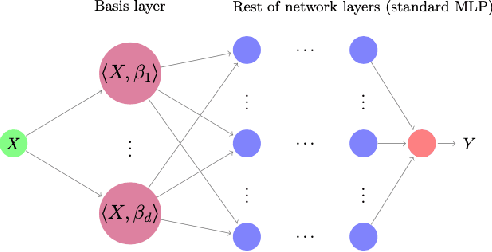
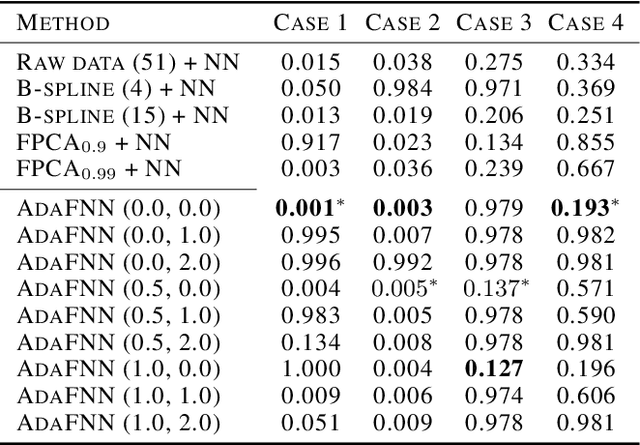


Abstract:Despite their widespread success, the application of deep neural networks to functional data remains scarce today. The infinite dimensionality of functional data means standard learning algorithms can be applied only after appropriate dimension reduction, typically achieved via basis expansions. Currently, these bases are chosen a priori without the information for the task at hand and thus may not be effective for the designated task. We instead propose to adaptively learn these bases in an end-to-end fashion. We introduce neural networks that employ a new Basis Layer whose hidden units are each basis functions themselves implemented as a micro neural network. Our architecture learns to apply parsimonious dimension reduction to functional inputs that focuses only on information relevant to the target rather than irrelevant variation in the input function. Across numerous classification/regression tasks with functional data, our method empirically outperforms other types of neural networks, and we prove that our approach is statistically consistent with low generalization error. Code is available at: \url{https://github.com/jwyyy/AdaFNN}.
Emotional EEG Classification using Connectivity Features and Convolutional Neural Networks
Jan 18, 2021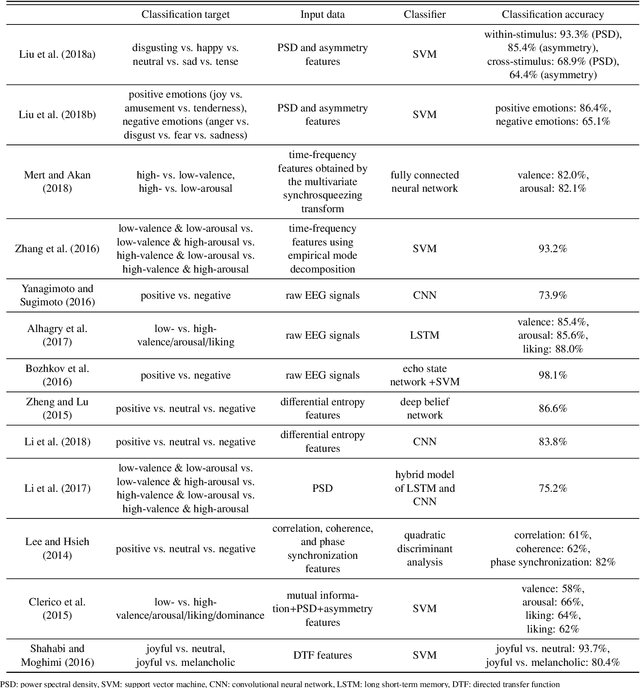
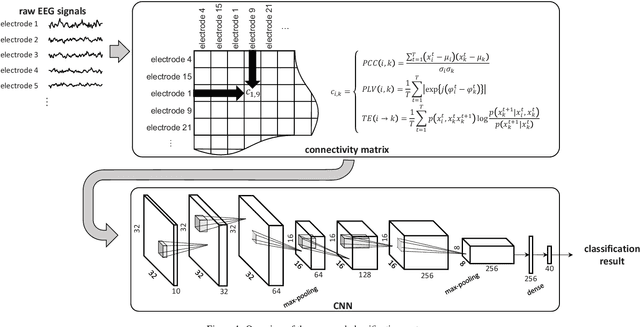
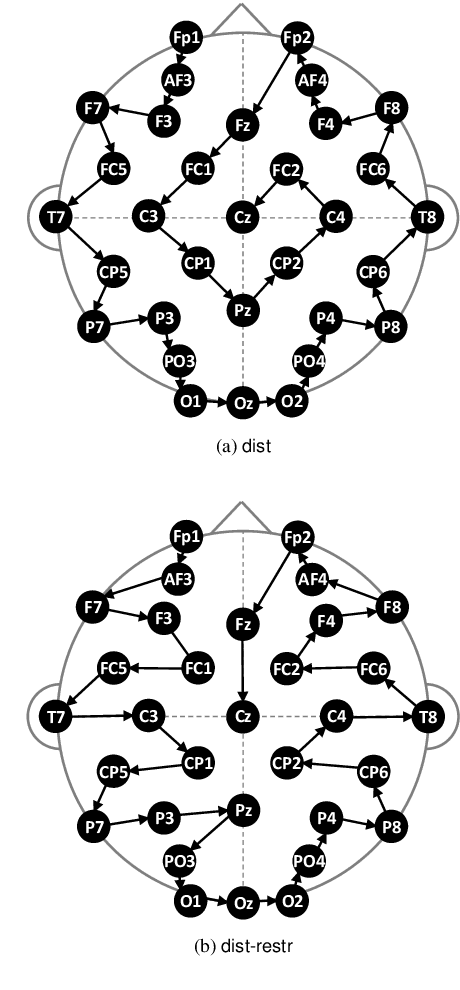
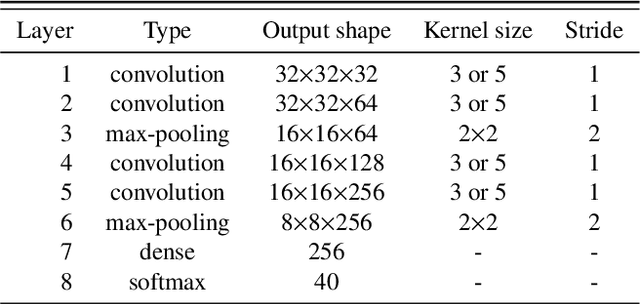
Abstract:Convolutional neural networks (CNNs) are widely used to recognize the user's state through electroencephalography (EEG) signals. In the previous studies, the EEG signals are usually fed into the CNNs in the form of high-dimensional raw data. However, this approach makes it difficult to exploit the brain connectivity information that can be effective in describing the functional brain network and estimating the perceptual state of the user. We introduce a new classification system that utilizes brain connectivity with a CNN and validate its effectiveness via the emotional video classification by using three different types of connectivity measures. Furthermore, two data-driven methods to construct the connectivity matrix are proposed to maximize classification performance. Further analysis reveals that the level of concentration of the brain connectivity related to the emotional property of the target video is correlated with classification performance.
ML-LOO: Detecting Adversarial Examples with Feature Attribution
Jun 08, 2019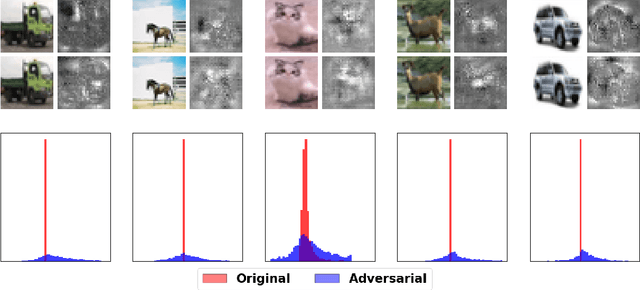
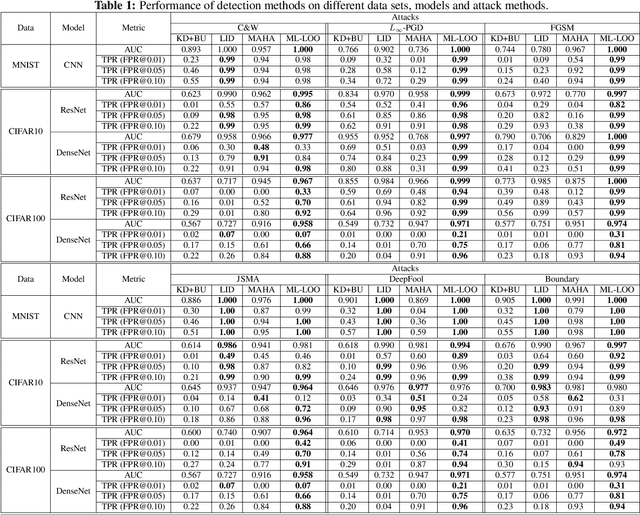

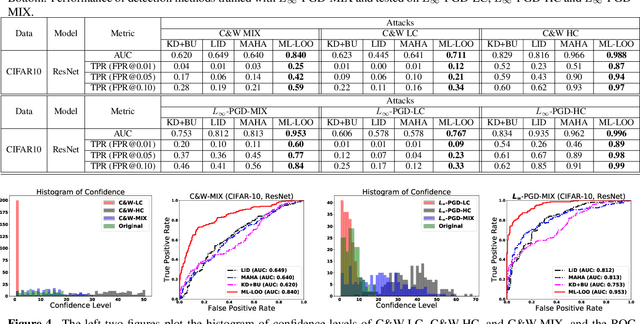
Abstract:Deep neural networks obtain state-of-the-art performance on a series of tasks. However, they are easily fooled by adding a small adversarial perturbation to input. The perturbation is often human imperceptible on image data. We observe a significant difference in feature attributions of adversarially crafted examples from those of original ones. Based on this observation, we introduce a new framework to detect adversarial examples through thresholding a scale estimate of feature attribution scores. Furthermore, we extend our method to include multi-layer feature attributions in order to tackle the attacks with mixed confidence levels. Through vast experiments, our method achieves superior performances in distinguishing adversarial examples from popular attack methods on a variety of real data sets among state-of-the-art detection methods. In particular, our method is able to detect adversarial examples of mixed confidence levels, and transfer between different attacking methods.
Greedy Attack and Gumbel Attack: Generating Adversarial Examples for Discrete Data
May 31, 2018

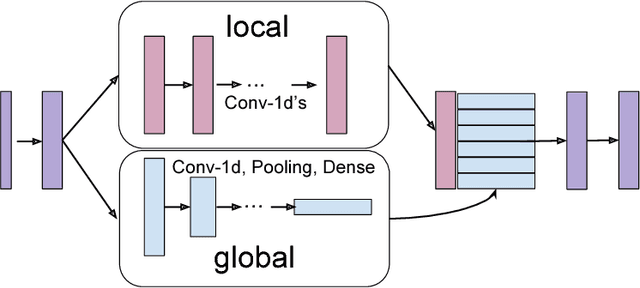

Abstract:We present a probabilistic framework for studying adversarial attacks on discrete data. Based on this framework, we derive a perturbation-based method, Greedy Attack, and a scalable learning-based method, Gumbel Attack, that illustrate various tradeoffs in the design of attacks. We demonstrate the effectiveness of these methods using both quantitative metrics and human evaluation on various state-of-the-art models for text classification, including a word-based CNN, a character-based CNN and an LSTM. As as example of our results, we show that the accuracy of character-based convolutional networks drops to the level of random selection by modifying only five characters through Greedy Attack.
History PCA: A New Algorithm for Streaming PCA
Feb 15, 2018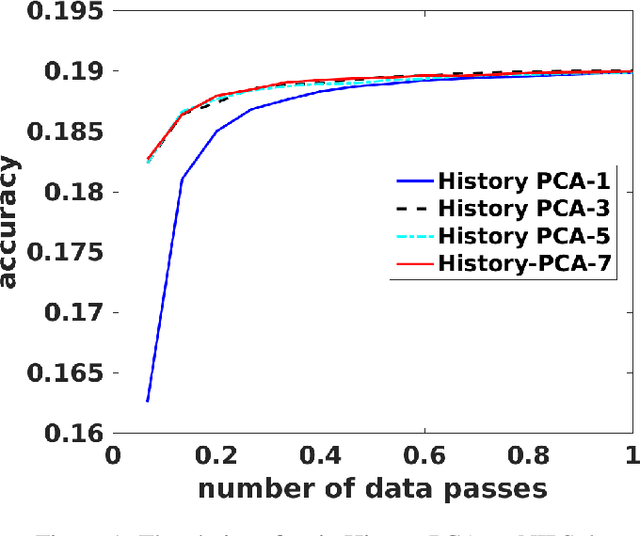

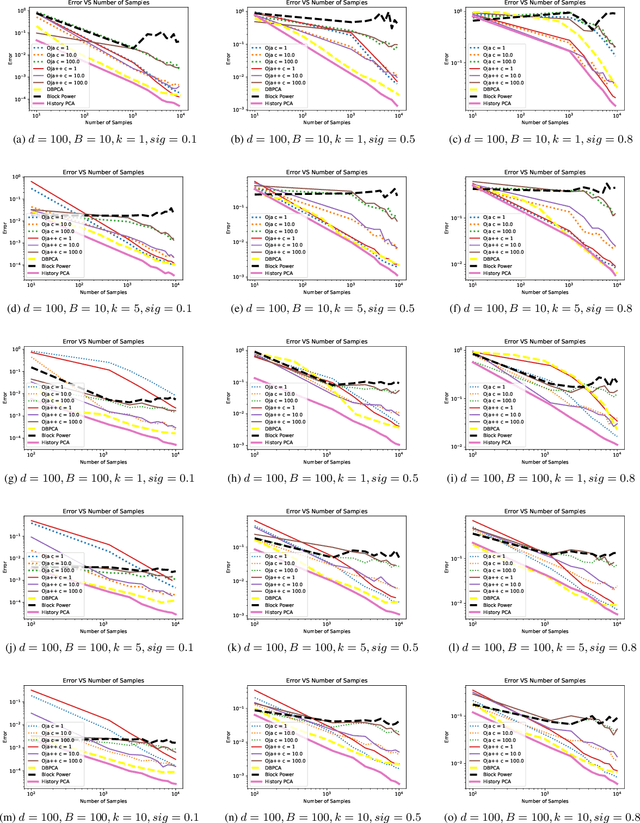
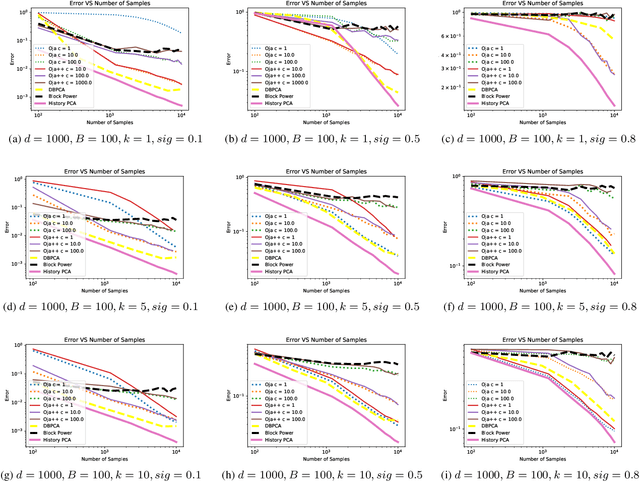
Abstract:In this paper we propose a new algorithm for streaming principal component analysis. With limited memory, small devices cannot store all the samples in the high-dimensional regime. Streaming principal component analysis aims to find the $k$-dimensional subspace which can explain the most variation of the $d$-dimensional data points that come into memory sequentially. In order to deal with large $d$ and large $N$ (number of samples), most streaming PCA algorithms update the current model using only the incoming sample and then dump the information right away to save memory. However the information contained in previously streamed data could be useful. Motivated by this idea, we develop a new streaming PCA algorithm called History PCA that achieves this goal. By using $O(Bd)$ memory with $B\approx 10$ being the block size, our algorithm converges much faster than existing streaming PCA algorithms. By changing the number of inner iterations, the memory usage can be further reduced to $O(d)$ while maintaining a comparable convergence speed. We provide theoretical guarantees for the convergence of our algorithm along with the rate of convergence. We also demonstrate on synthetic and real world data sets that our algorithm compares favorably with other state-of-the-art streaming PCA methods in terms of the convergence speed and performance.
 Add to Chrome
Add to Chrome Add to Firefox
Add to Firefox Add to Edge
Add to Edge